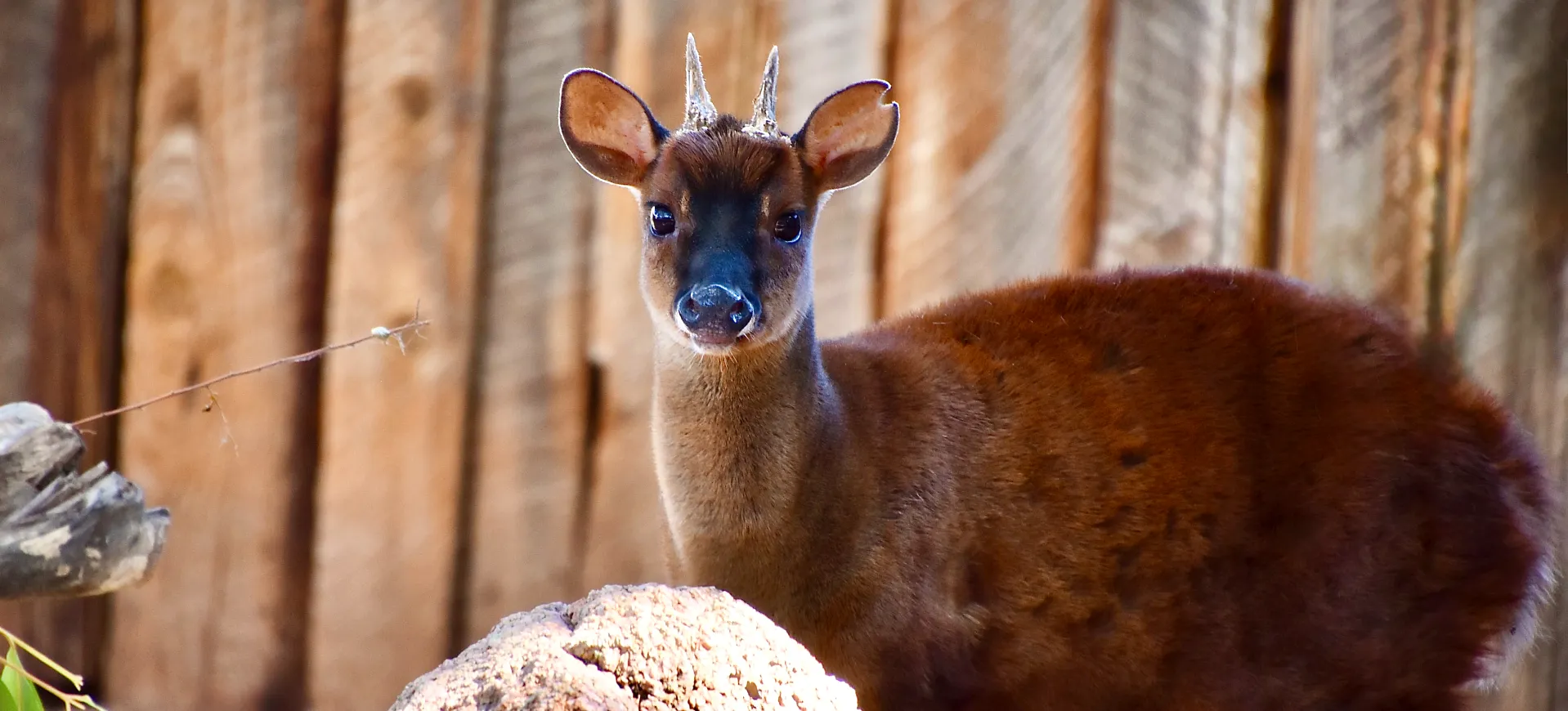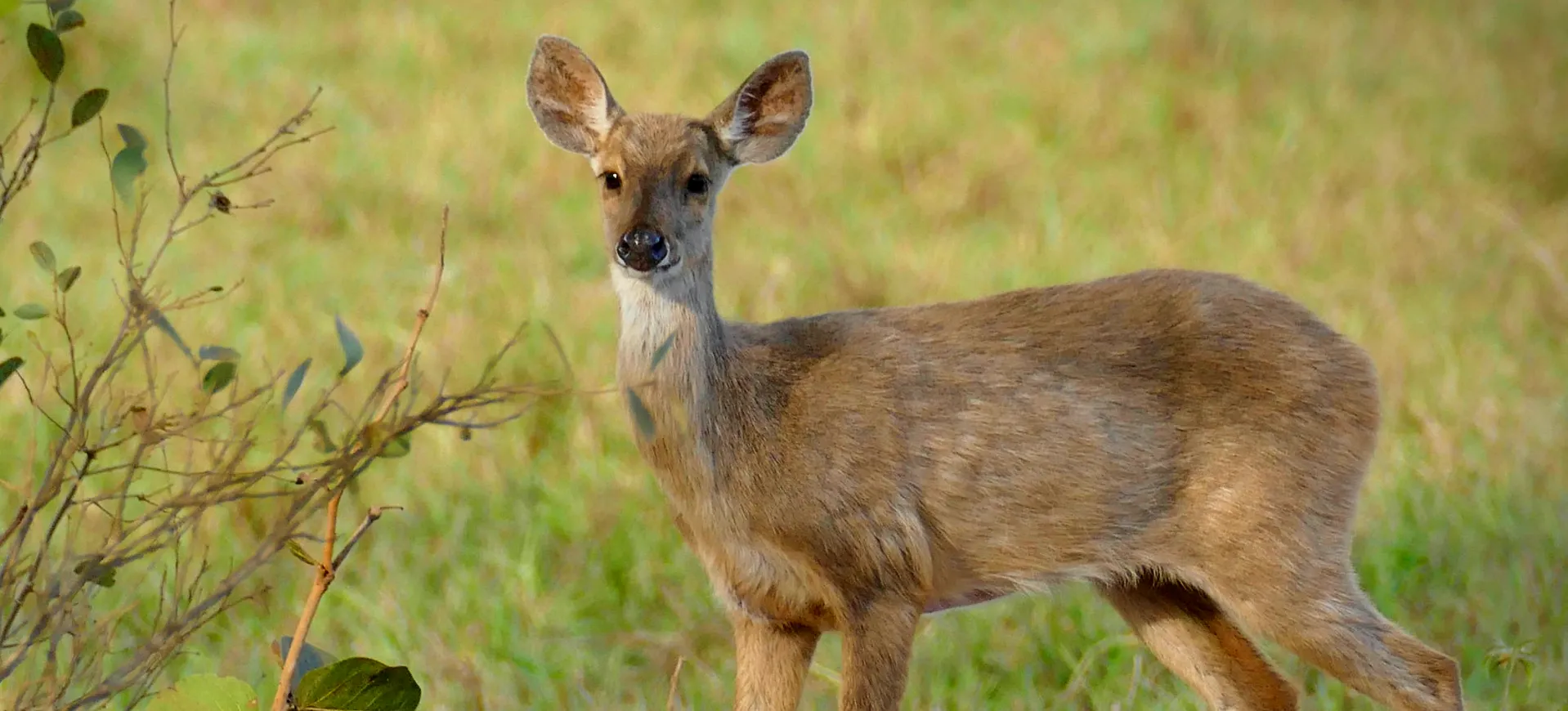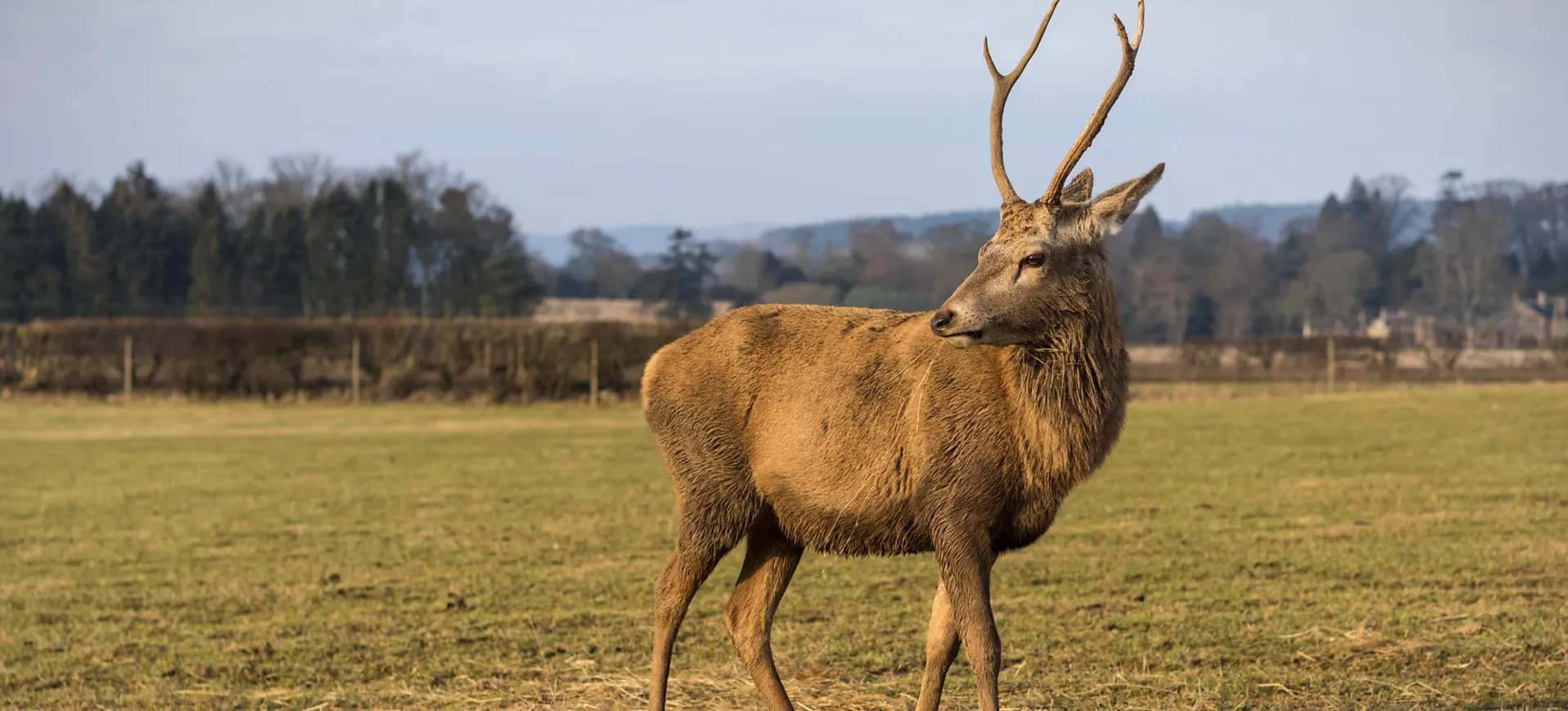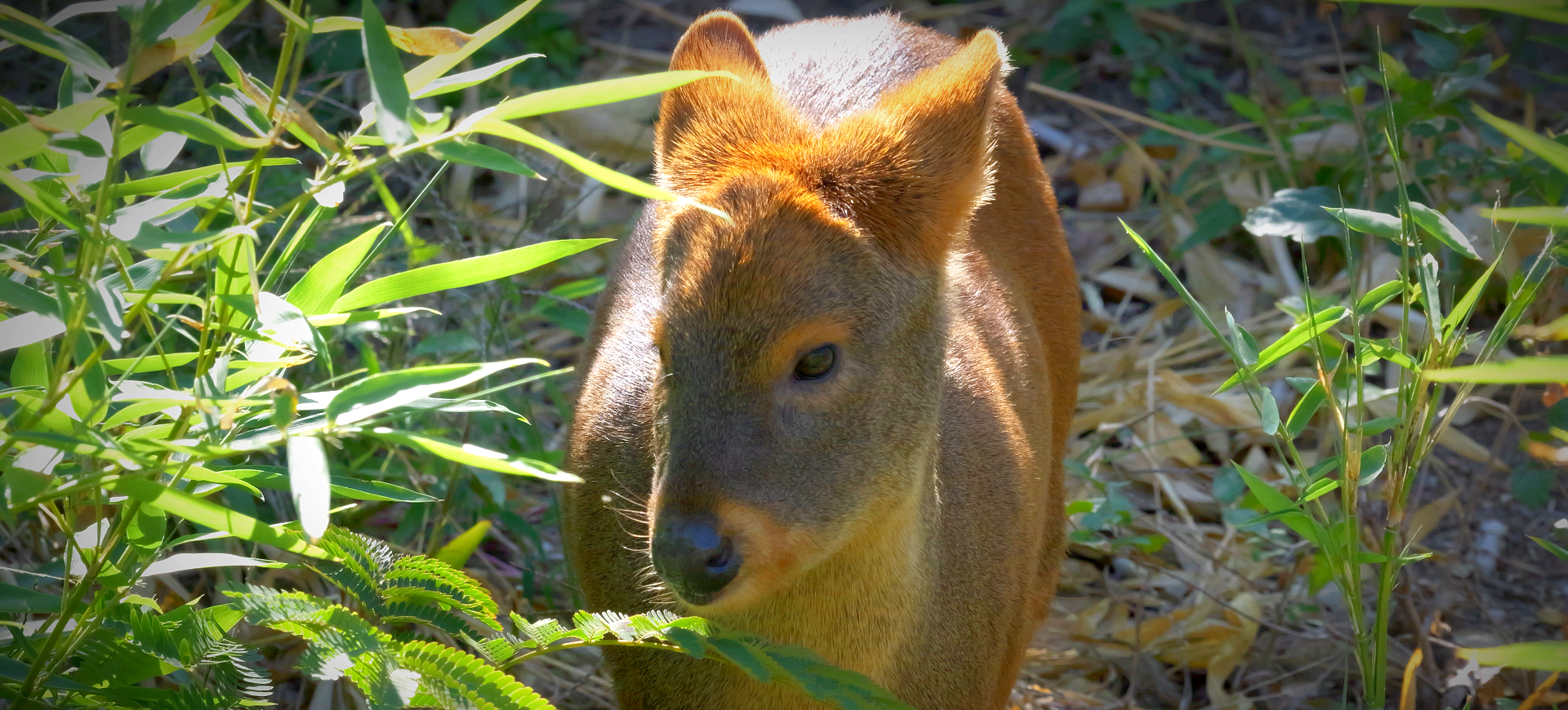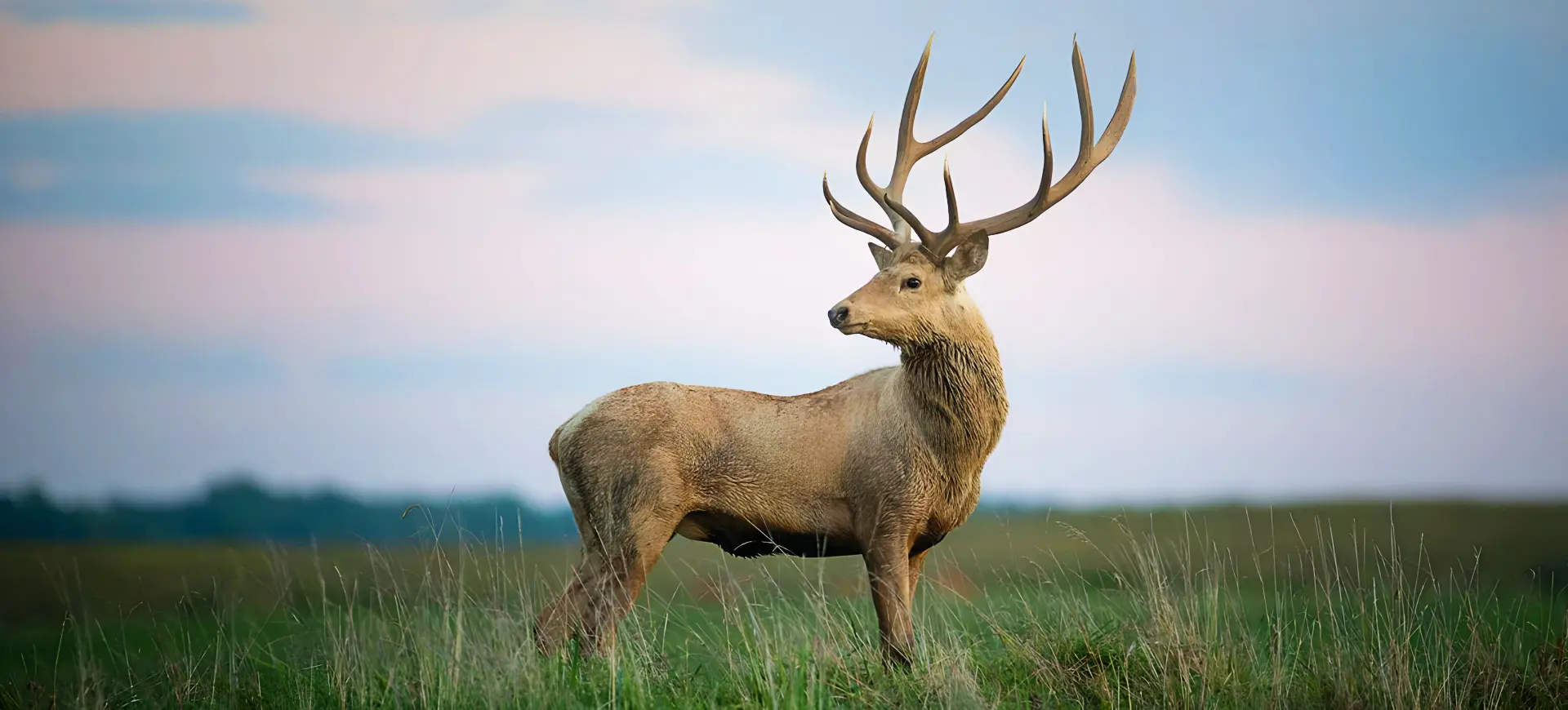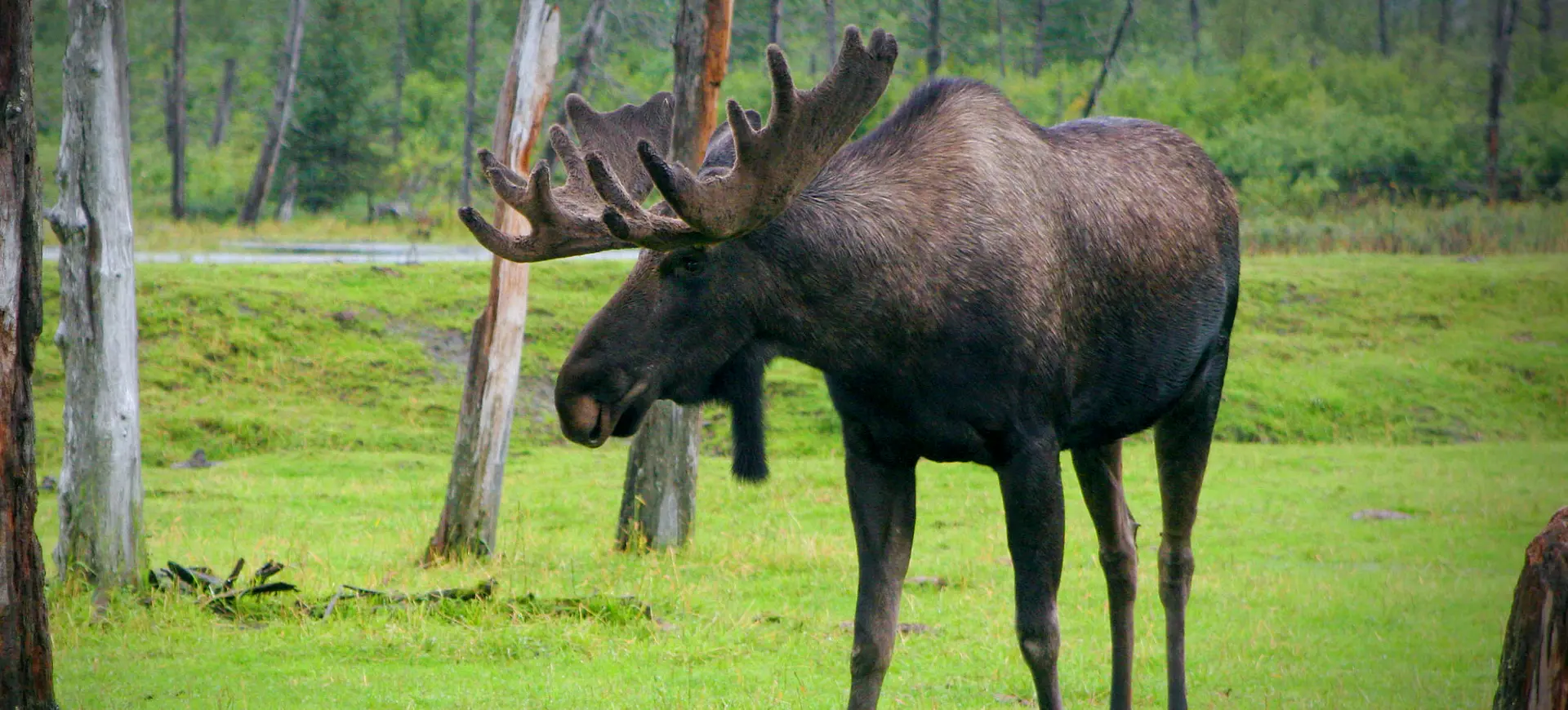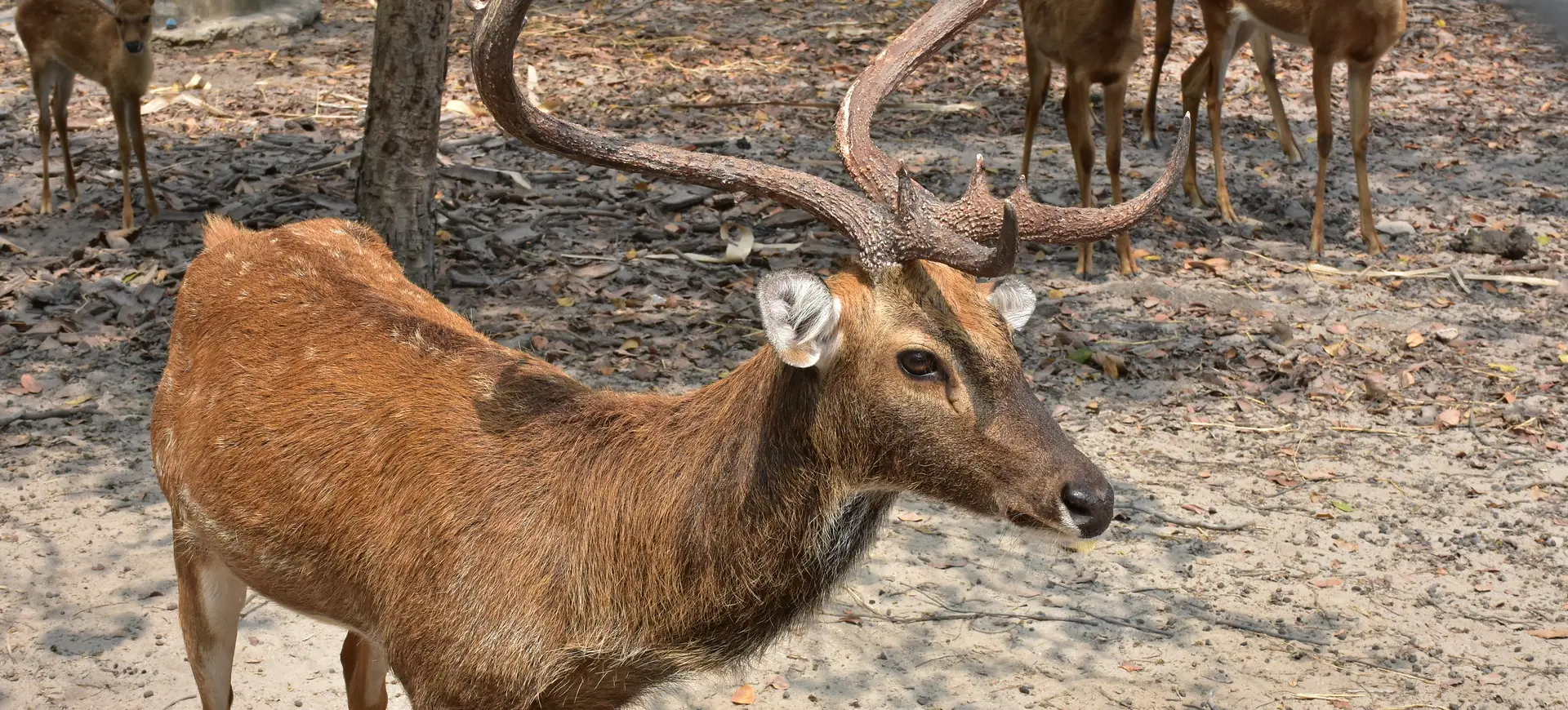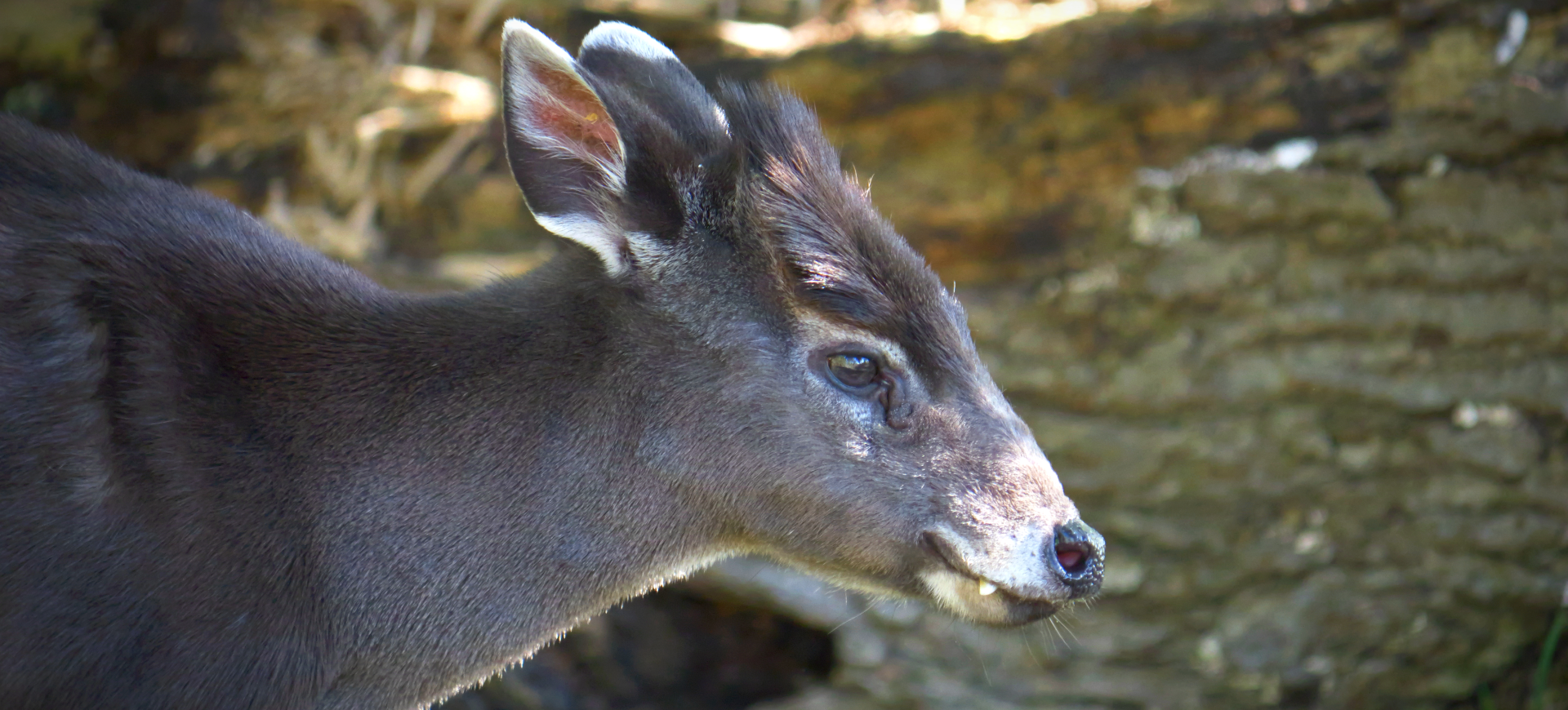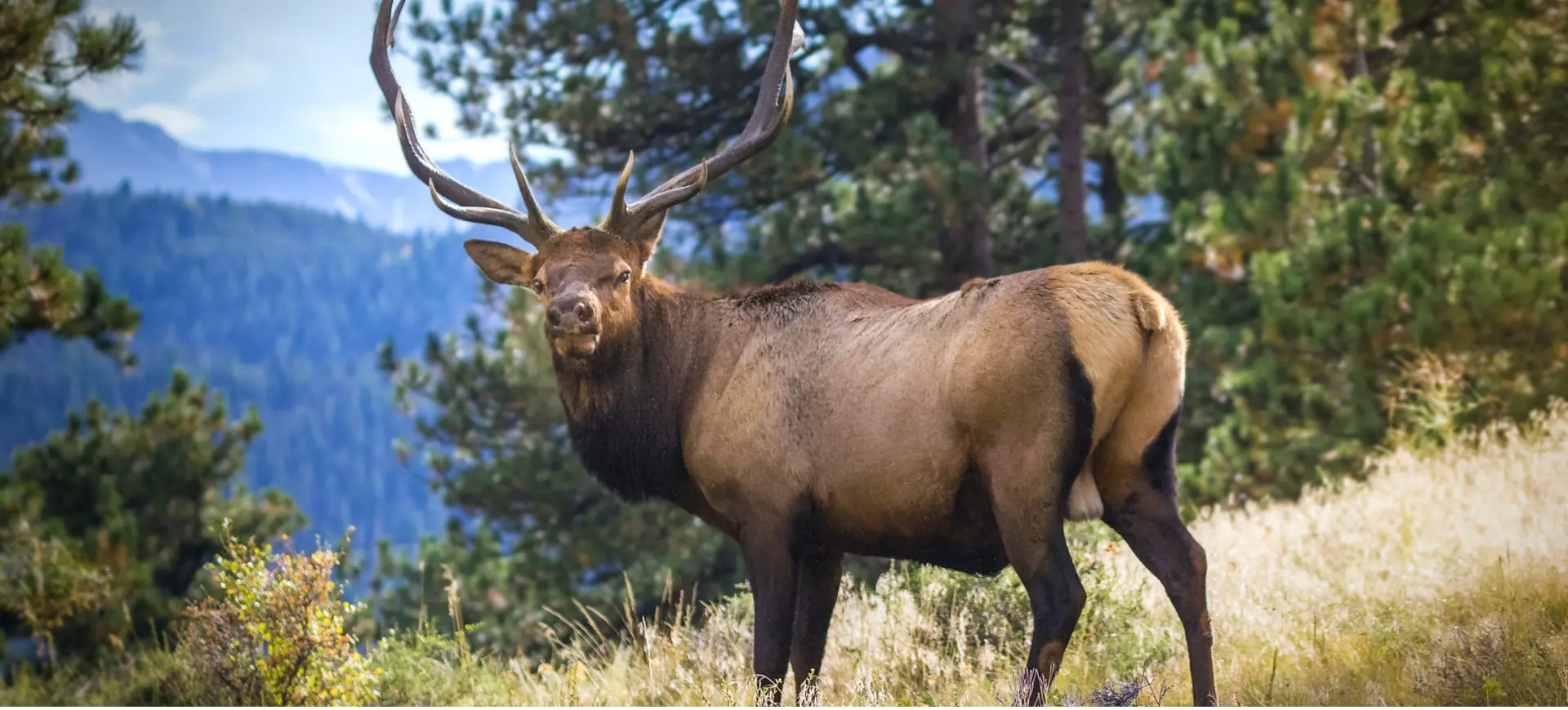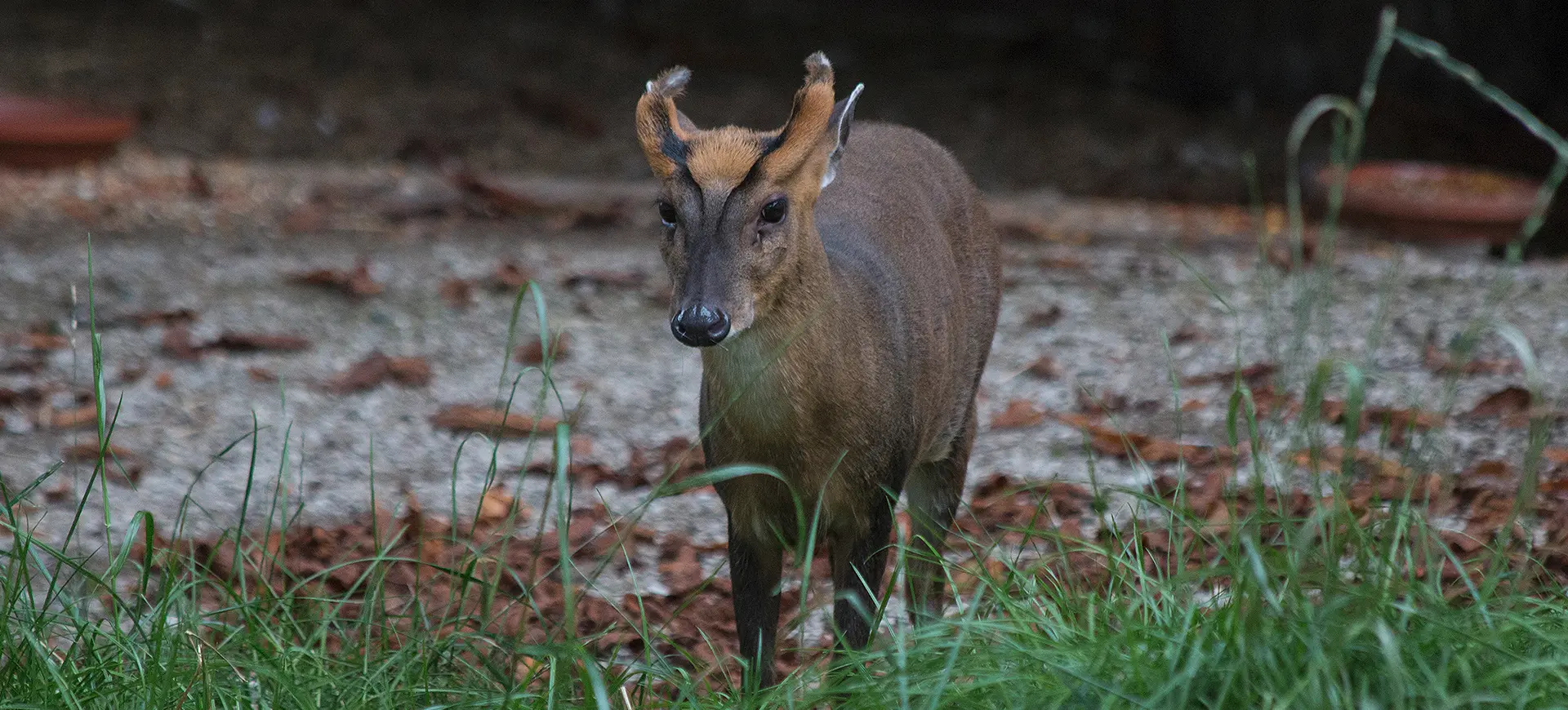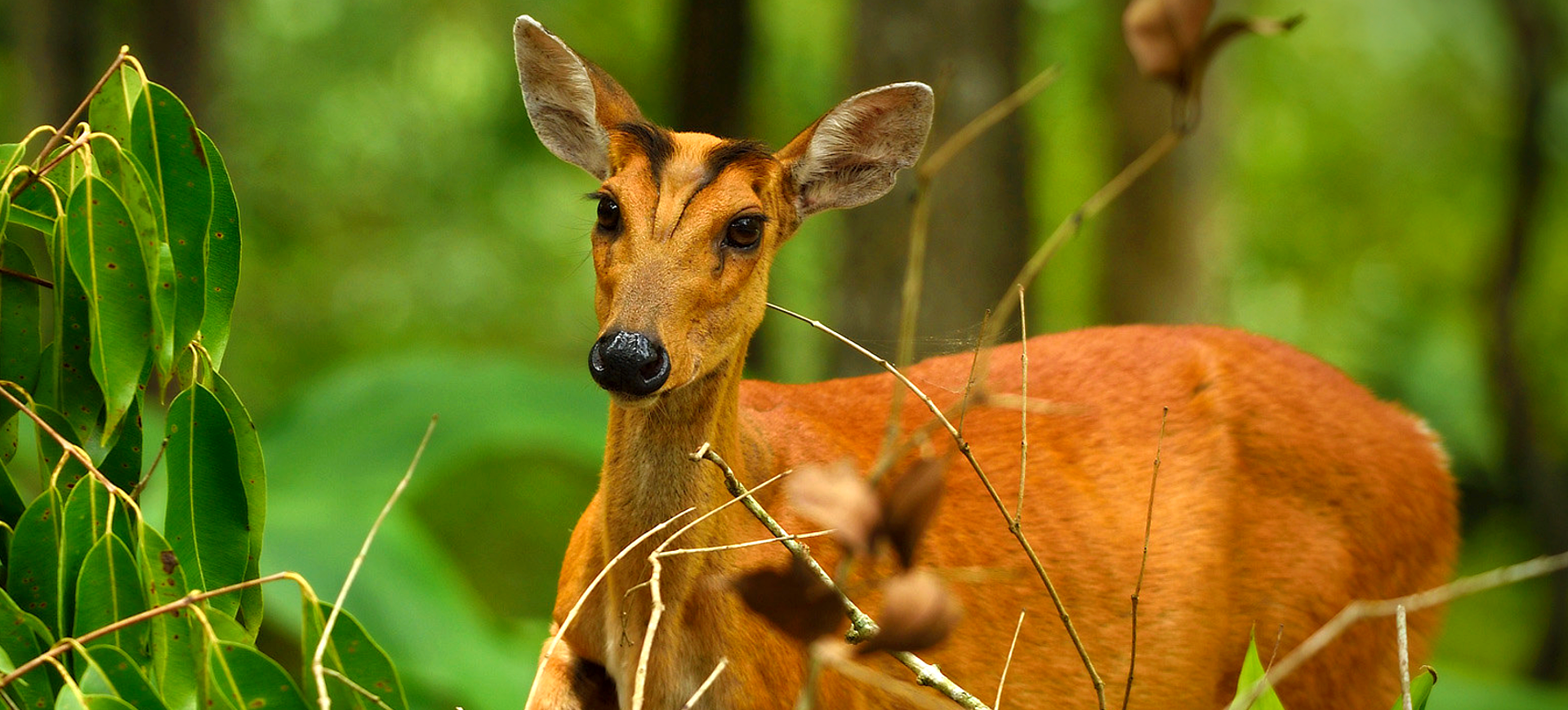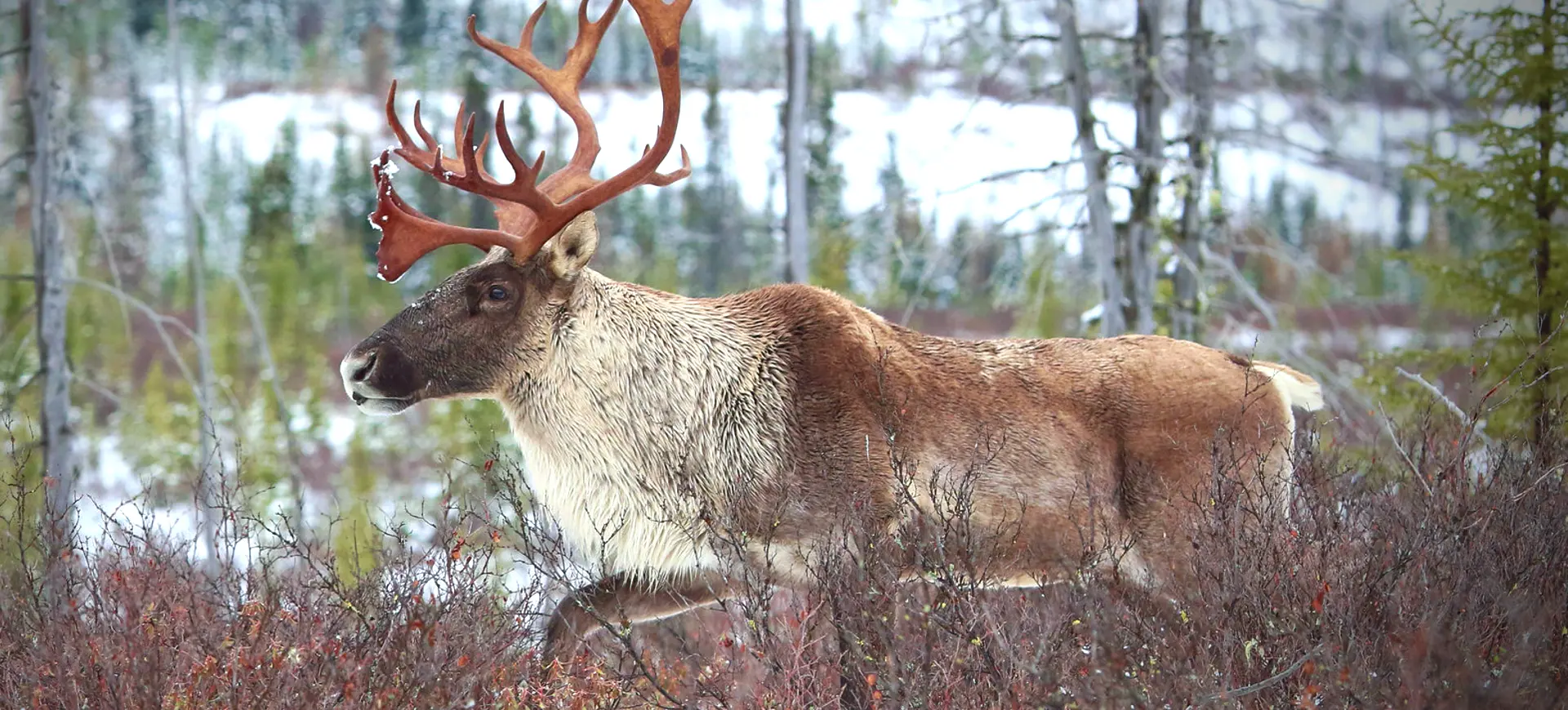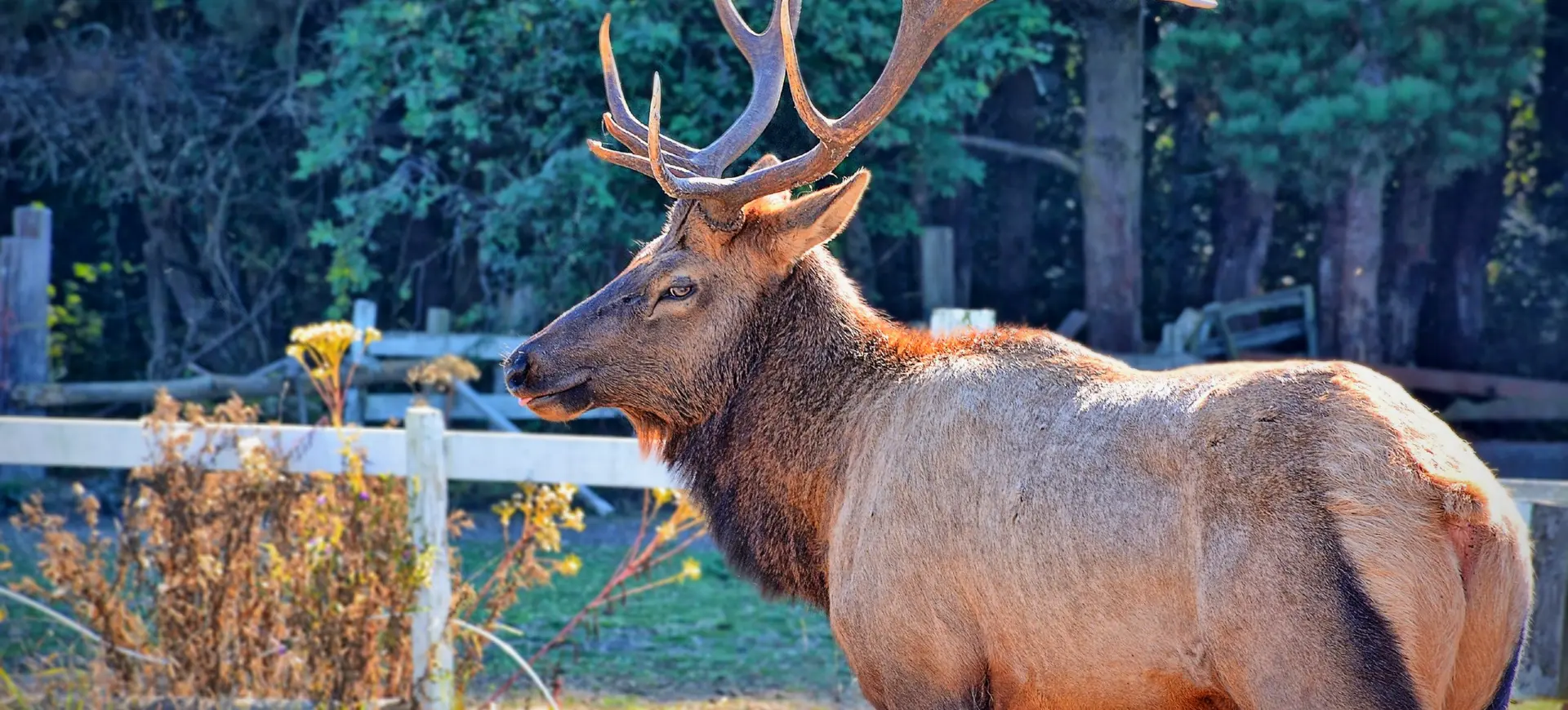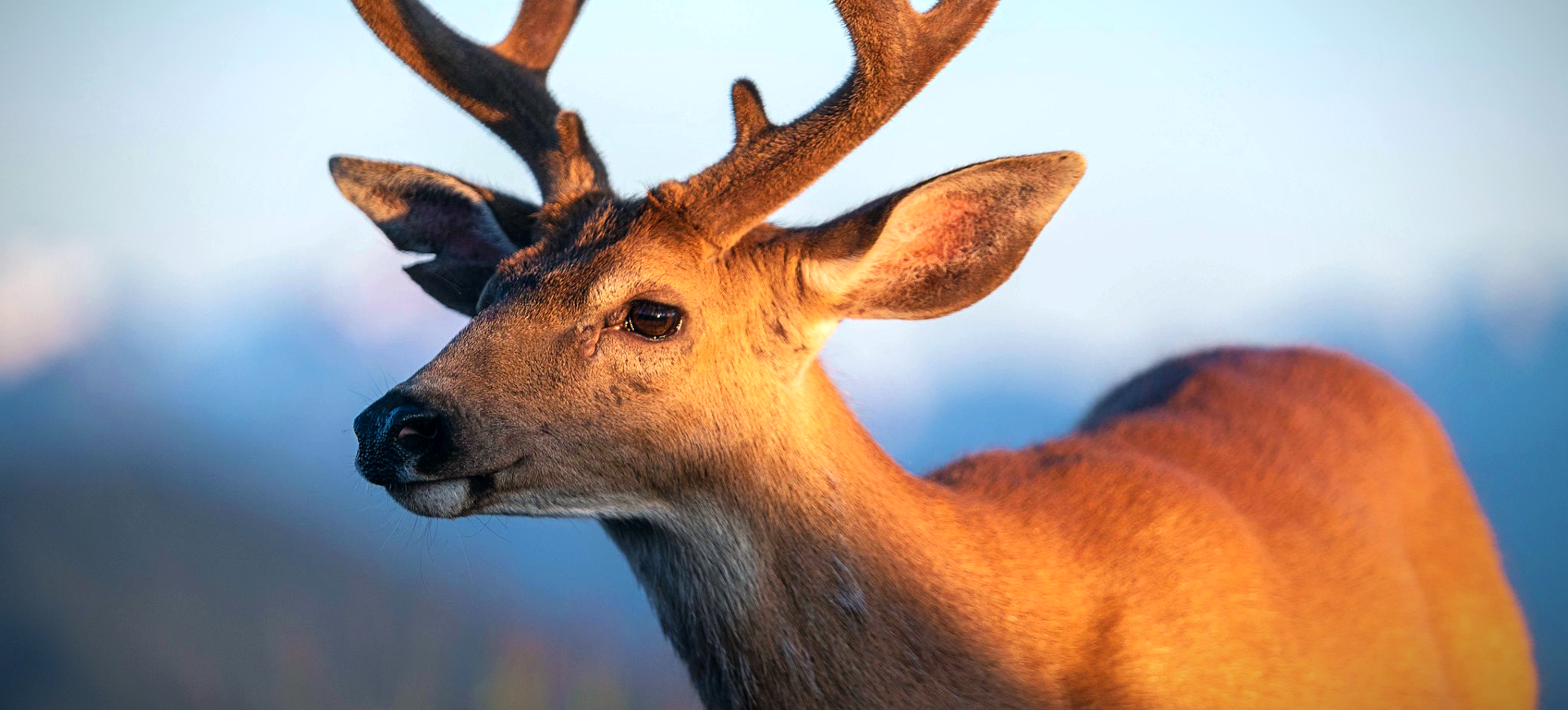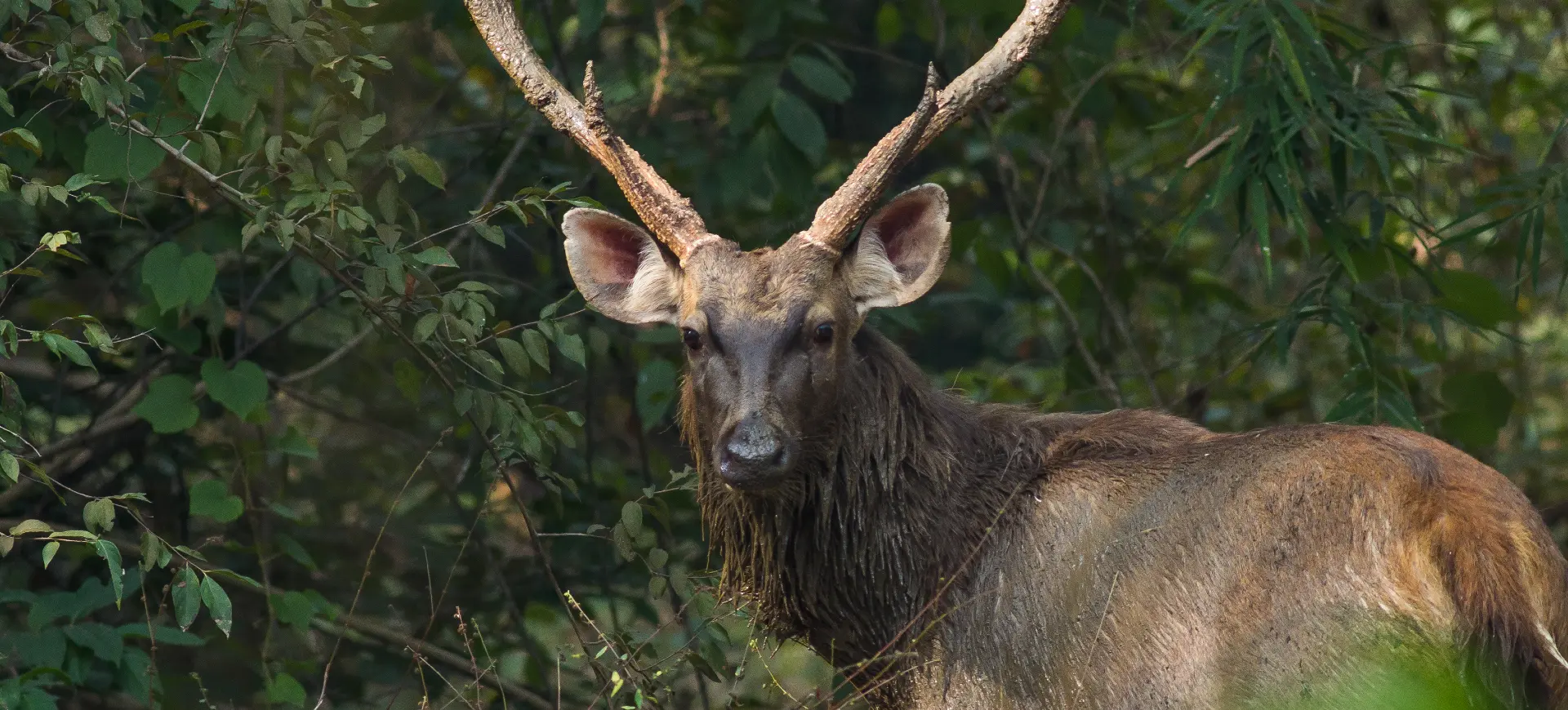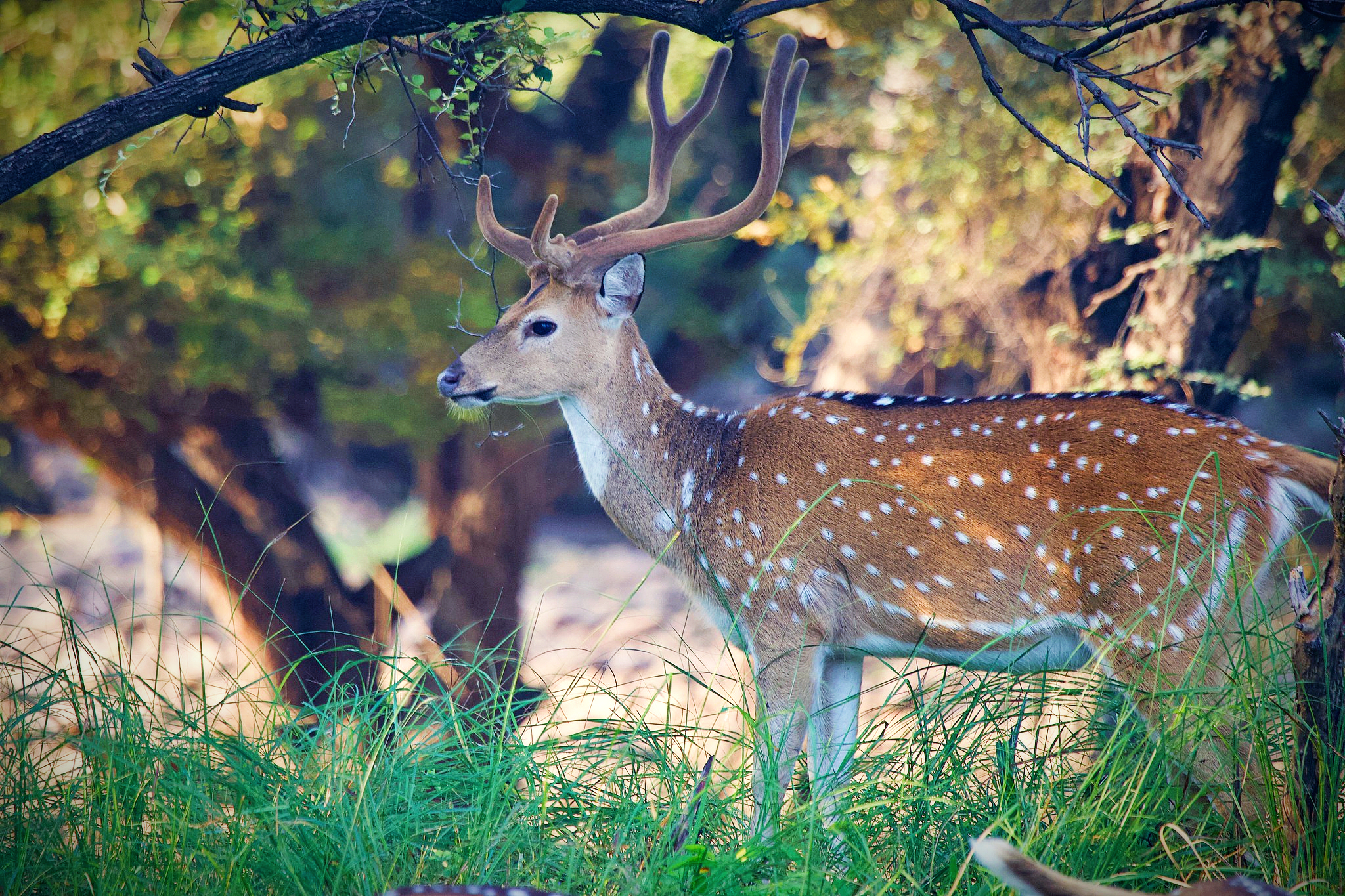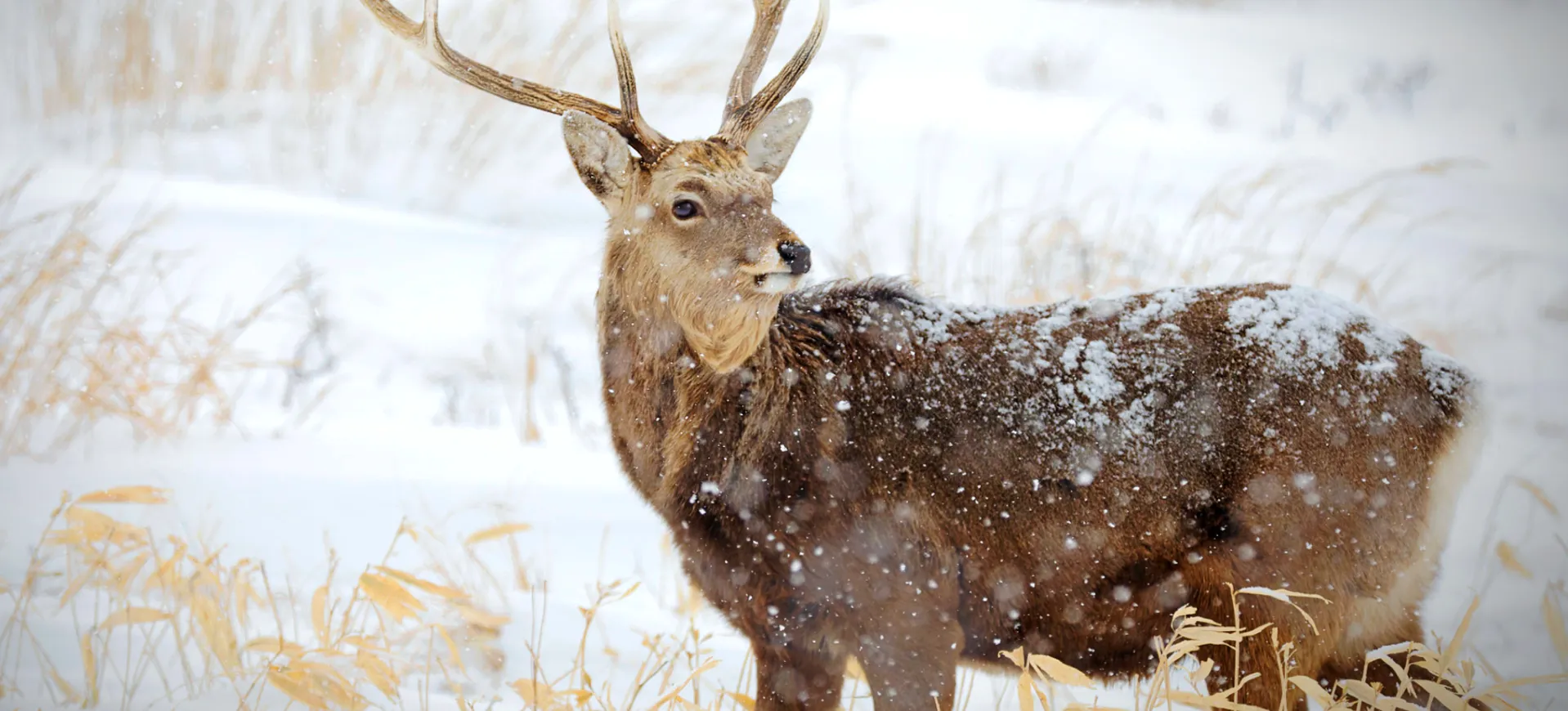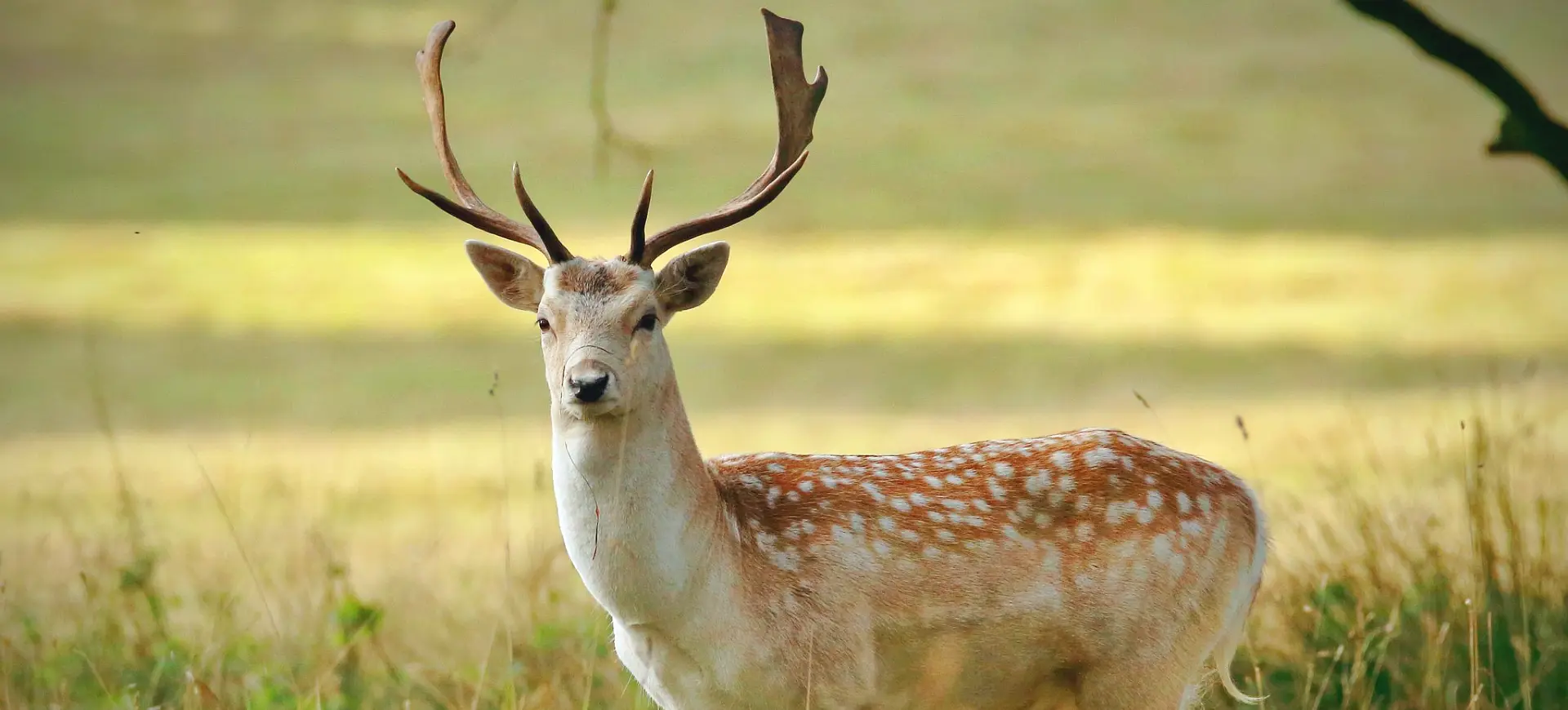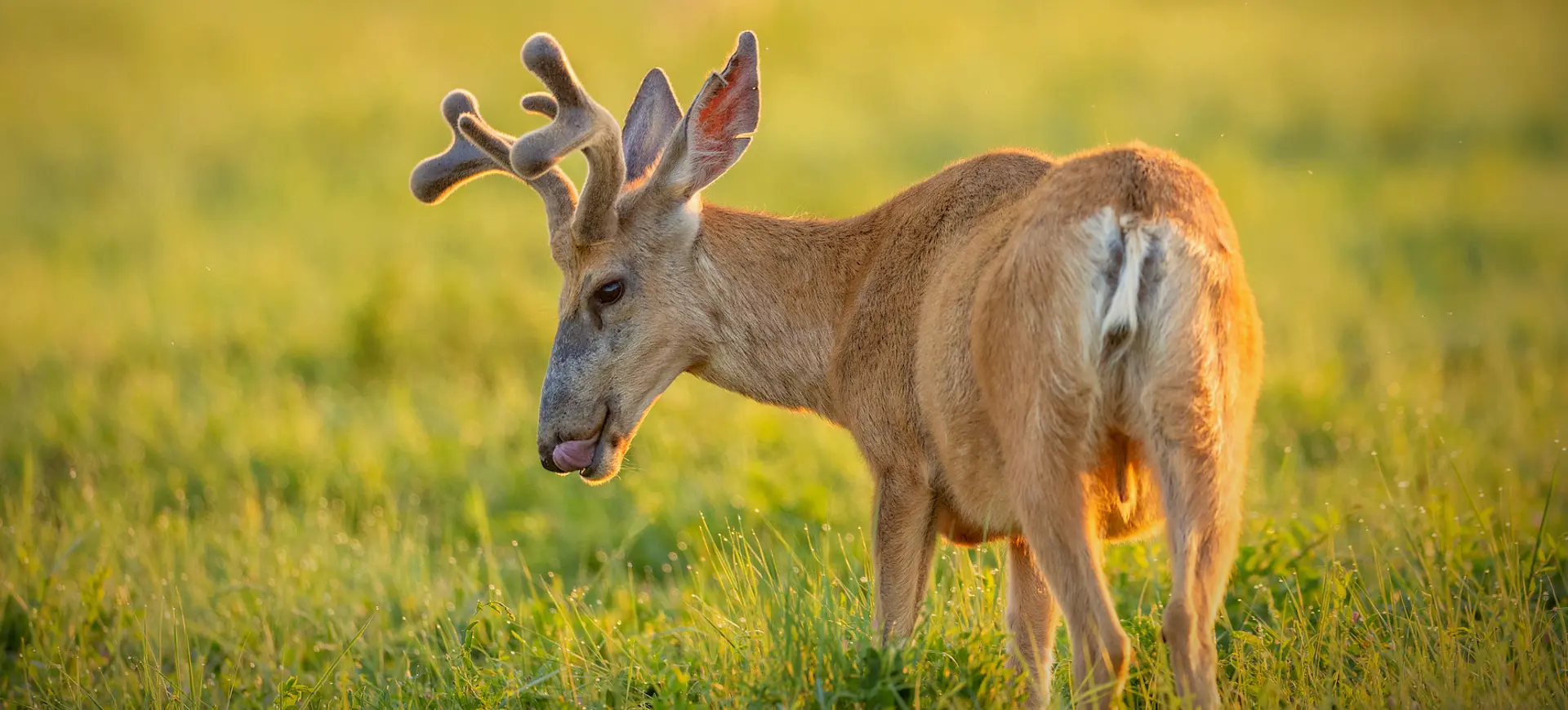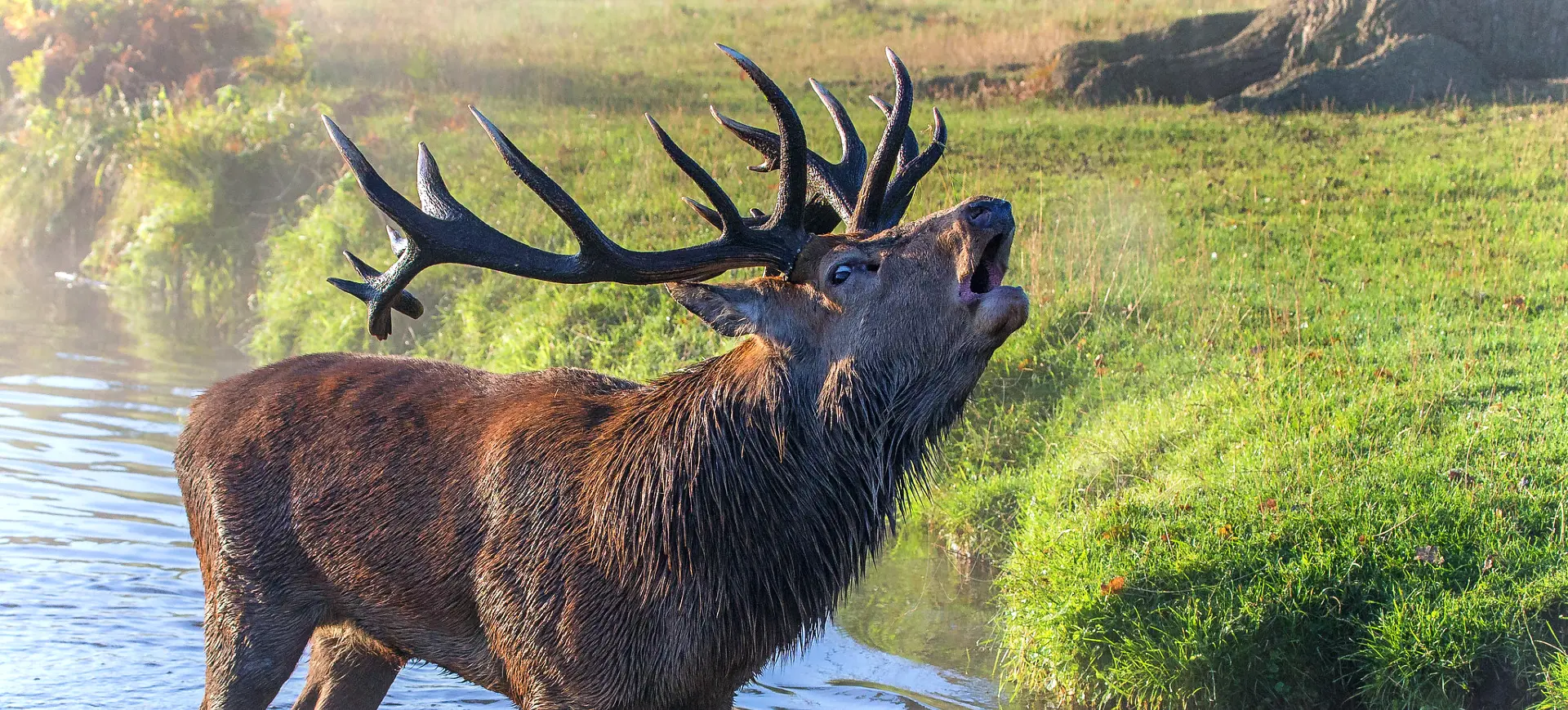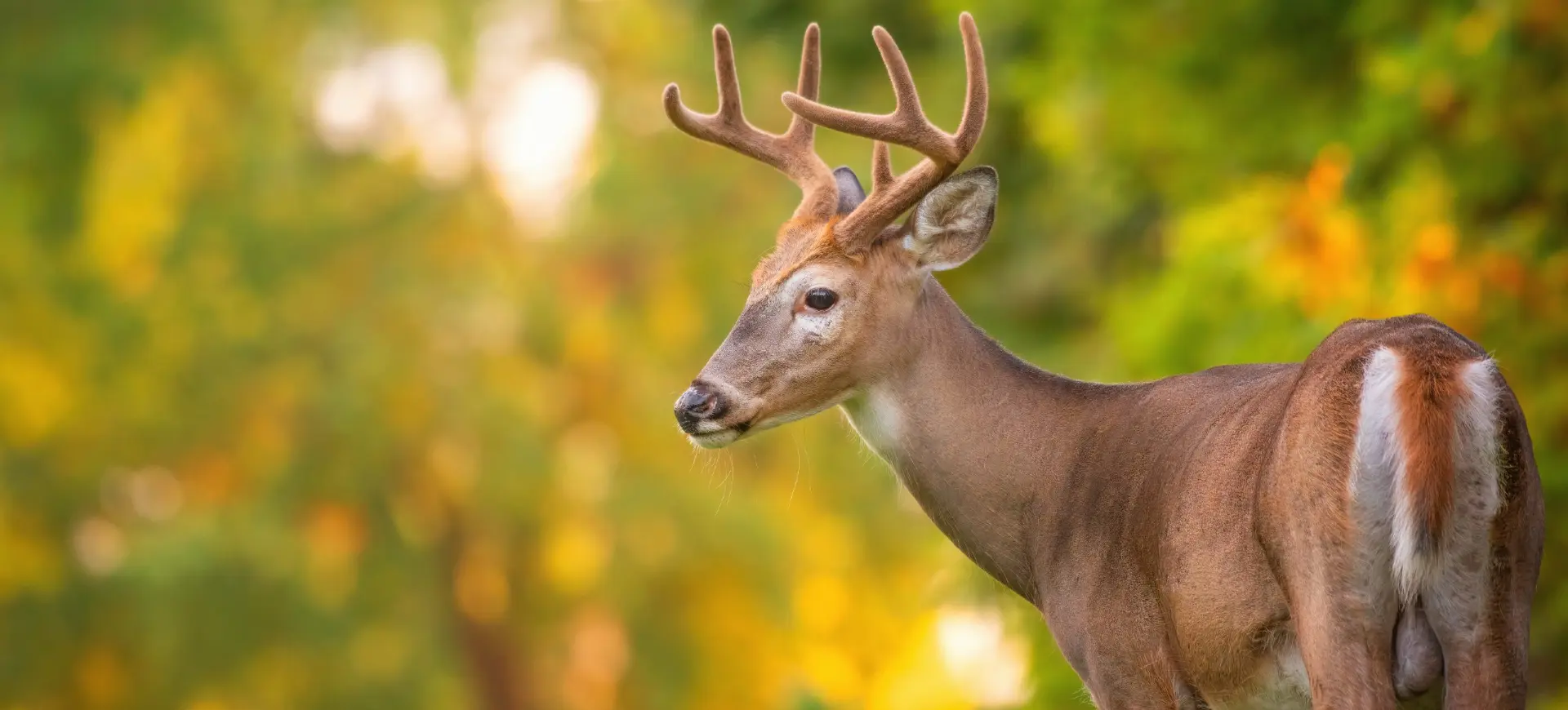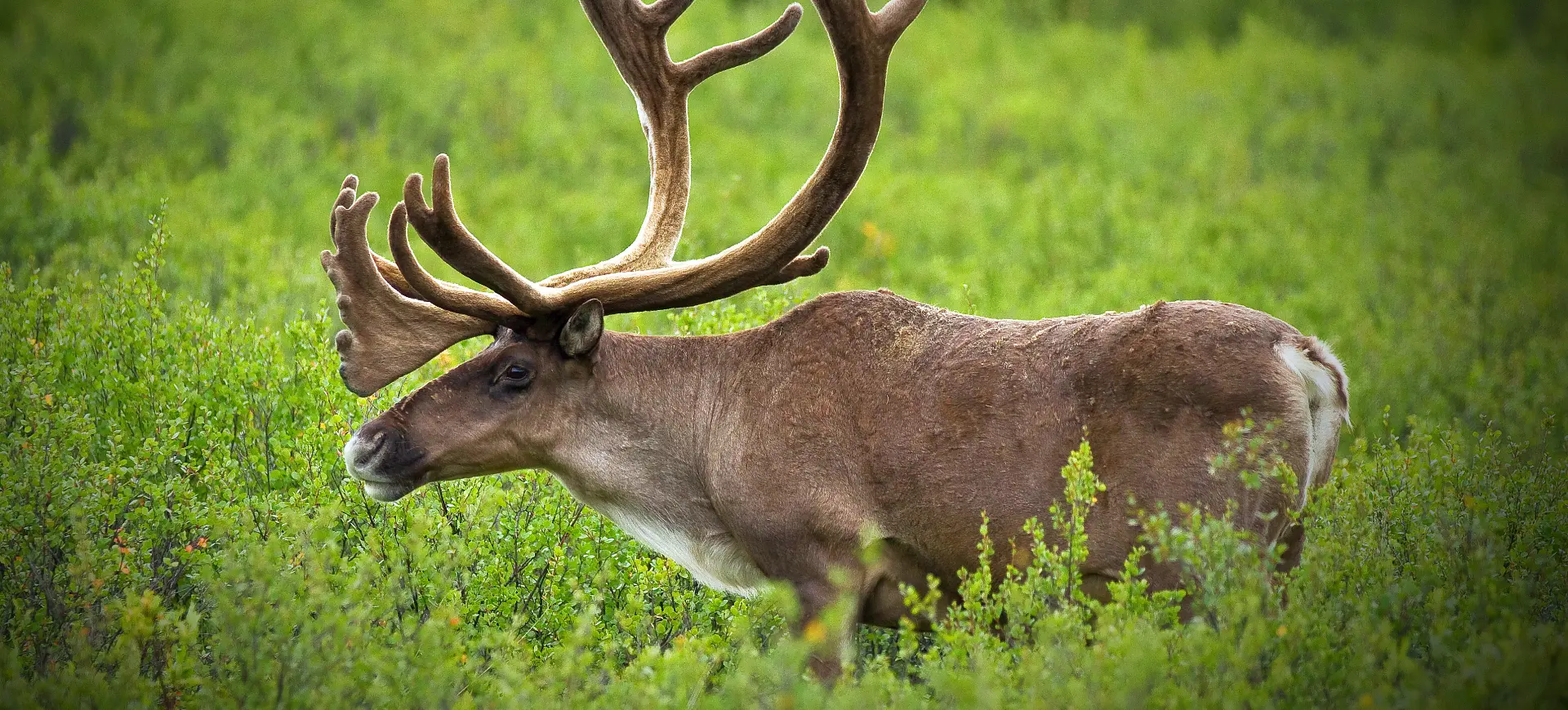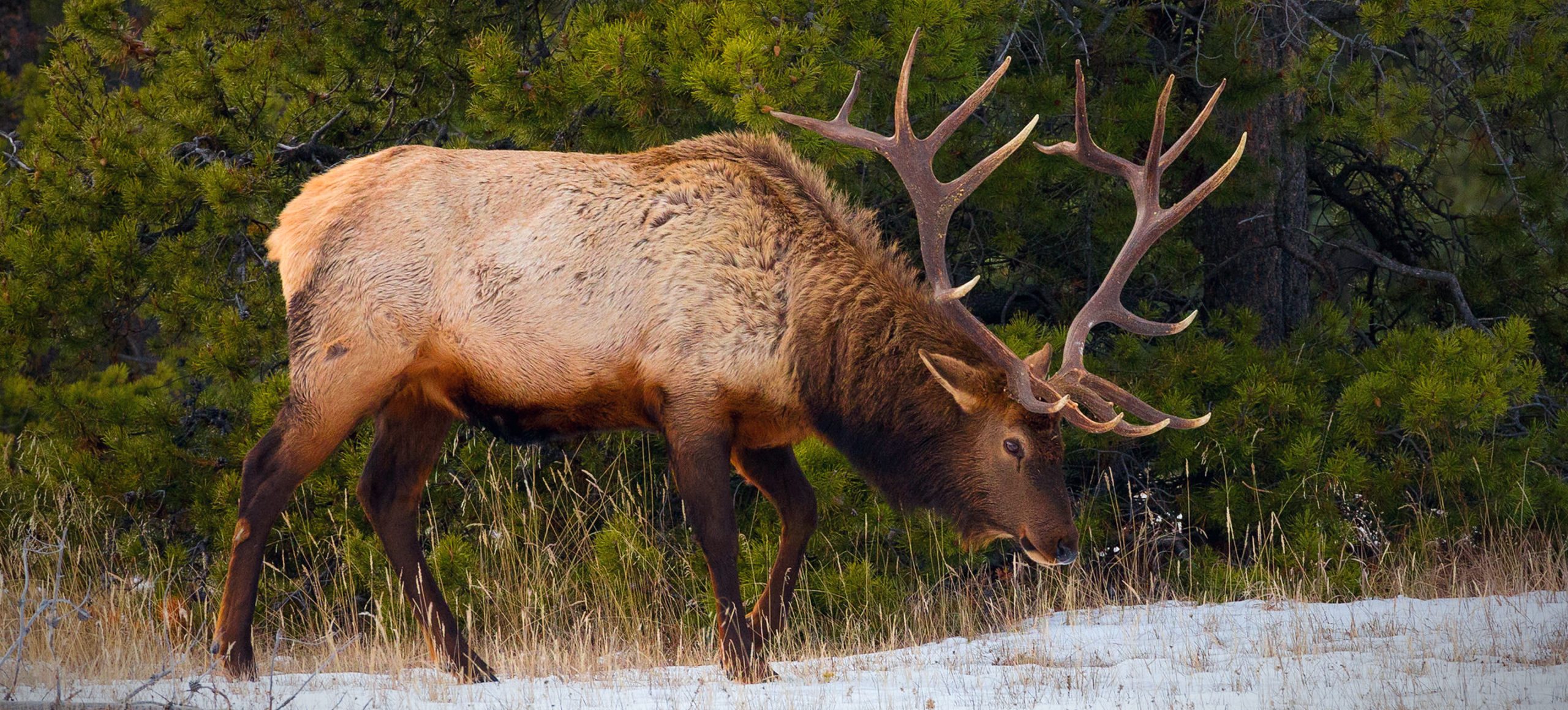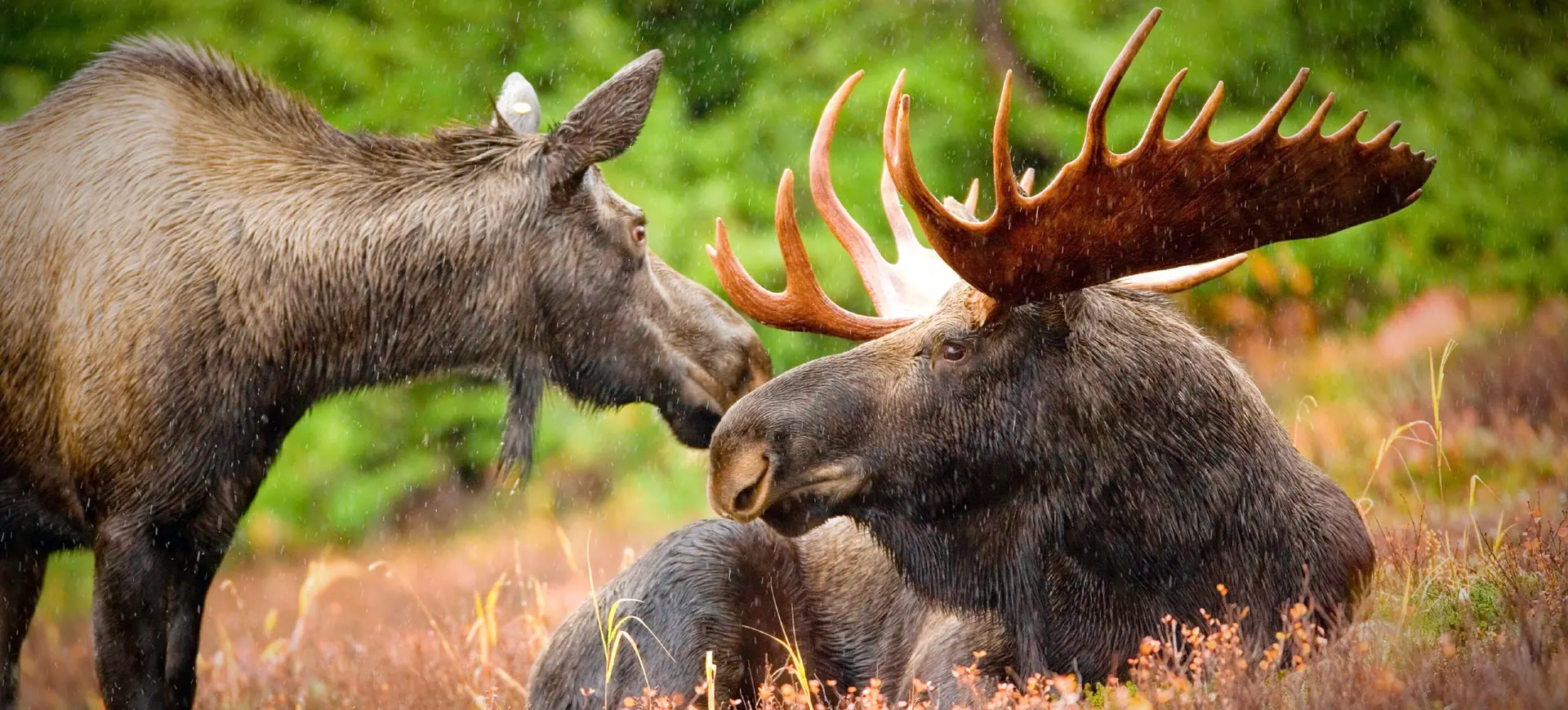Overview
Pére David’s Deer, also known as the Milu, is a unique species of deer that was historically native to the river valleys of China. This deer is notable for its distinctive appearance, featuring a combination of traits from other deer species, such as the hooves of a cow, the neck of a camel, and the donkey’s tail. Pére David’s Deer stands out for its large size and the males’ impressive antlers, which are shed and regrown annually. Historically, this species was kept in imperial hunting grounds, but it became extinct in the wild due to habitat loss and overhunting.
The rediscovery of Pére David’s Deer in European zoos in the late 19th century led to conservation efforts to save the species. These deer were named after Father Armand David, a French missionary who first described them to the Western world. Conservation efforts focused on breeding programs in captivity, which have increased their numbers. Today, reintroduction programs in China aim to reestablish Pére David’s Deer in its native habitat, although it remains extinct in the wild.
Pére David’s Deer are known for their semi-aquatic habits, often grazing in marshy, wetland environments. They are strong swimmers, distinguishing them from many other deer species. The deer feed on various vegetation, including grasses, reeds, and aquatic plants, adapting well to their wetland habitats. This adaptation has been crucial in their survival, especially in managed reserves and parks where they have been reintroduced.
Taxonomy
Kingdom
Phylum
Class
Order
Family
Genus
Species
Type
Physical Description:
Pére David’s Deer are large and have a distinctive physical appearance that sets them apart from other deer species. In summer, they have a shaggy coat of reddish-brown hair, which turns to a duller grayish-brown in winter. The males are larger than the females and are distinguished by their large, branched antlers, which they shed annually. The antlers are unique in their shape, with the main beam’s backward extension and the tines’ forward projection.
The body of Pére David’s Deer is robust with a heavy build, and their legs are relatively long and strong, adapted for their semi-aquatic lifestyle. Their hooves are wide and large, aiding in movement through marshy grounds. A deer’s tail is relatively long, and they have a mane on the neck, which is more pronounced in males. The face is elongated with a relatively long muzzle, which is an adaptation for their grazing habits.

Lifespan: Wild: ~18 years || Captivity: ~23 years

Weight: Male: 352-420 lbs (160-190 kg) || Female: 308-352 lbs (140-160 kg)

Length: Male: 82-87 inches (210-220 cm) || Female: 78-82 inches (200-210 cm)

Height: Male: 47-49 inches (120-125 cm) || Female: 45-47 inches (115-120 cm)

Top Speed: 18 mph (29 km/h)
Characteristic:
Native Habitat:
Pére David’s Deer originally inhabited the river valleys in eastern China, where they thrived in the wetland ecosystems. These habitats provided an ideal environment with abundant water and vegetation, supporting their unique feeding habits. Their native habitats were characterized by grasslands, marshes, and reed beds, offering food and protection.
Over time, their natural habitats underwent significant changes due to human activities, leading to habitat loss and degradation. This loss of habitat was one of the primary reasons for their decline and eventual extinction in the wild. Efforts to reintroduce them into protected areas in China focus on restoring and conserving suitable wetland habitats that can support sustainable populations of Pére David’s Deer.
Climate Zones:
Biomes:
Biogeographical Realms:
Continents:
Countries:
Diet:
Diet & Feeding Habits:
Pére David’s Deer are herbivorous, primarily grazing on various vegetation, including grasses, leaves, and aquatic plants. Their diet is adapted to their wetland habitats, where they consume large amounts of reeds and other marsh vegetation. They are known to feed in shallow waters, where they can easily access aquatic plants. This diet is rich in nutrients and supports their large size and energy needs.
In captivity, their diet is carefully managed to mimic their natural food sources as closely as possible. This includes providing a mixture of grasses, hay, specialized feeds, and access to water plants. Feeding programs in zoos and reserves are designed to ensure the deer maintain a healthy weight and receive all necessary nutrients. Seasonal changes are also considered, with adjustments made to the diet to reflect the changing availability of plants in their natural habitat.
Mating Behavior:
Mating Description:
The mating behavior of Pére David’s Deer is characterized by seasonal breeding, typically occurring in the late spring to early summer. Males become more aggressive during this period, engaging in displays of strength and dominance to attract females. This includes vocalizations, antler displays, and physical confrontations with other males. The strongest males establish territories and gather harems of females to mate with.
After successful mating, females undergo a gestation period lasting about nine months. Calving usually occurs in the spring, and mothers are known to be attentive and protective of their young. Calves are born well-developed and can stand and walk shortly after birth. They are nursed for several months but also start grazing at an early age, gradually becoming independent.
Reproduction Season:
Birth Type:
Pregnancy Duration:
Female Name:
Male Name:
Baby Name:
Social Structure Description:
In captivity, Pére David’s Deer exhibits a social structure similar to what would have existed in the wild. They are generally gregarious animals, living in groups that can vary in size. These groups are often led by a dominant male, especially during the breeding season.
Outside the breeding season, the social structure is less hierarchical, with males and females often forming separate groups. Young deer usually stay with their mothers for the first year of their life. Social interactions within these groups are important for developing young deer and maintaining the social hierarchy among adults.
Groups:
Conservation Status:
Population Trend:
The entire population of Pére David’s Deer is currently found in captivity, with no wild populations existing. The species was saved from total extinction through the efforts of a few European zoos that managed to breed them from a small population of individuals brought from China. Thanks to coordinated global breeding programs, The captive population has grown and is now stable.
These captive populations are found in various zoos and wildlife reserves worldwide, with the majority in China. The Chinese government has been particularly instrumental in conserving Pére David’s Deer, establishing several reserves dedicated to breeding and potentially reintroducing them into the wild. These efforts are seen as a beacon of hope for the species’ future.
Population Threats:
Historically, the primary threats to Pére David’s Deer were overhunting and habitat loss. The species was highly prized for its unique antlers and was hunted extensively, leading to its extinction in the wild. Additionally, the rapid development and agricultural expansion in their native habitat in China led to the loss of their wetland environments.
Current threats to the species mainly revolve around their genetic health and susceptibility to disease. As the entire population descends from a very small number of individuals, there is a risk of inbreeding and genetic bottlenecking. Disease outbreaks in captive populations also pose a significant risk, given the limited genetic diversity.
Conservation Efforts:
Conservation efforts for Pére David’s Deer are primarily focused on captive breeding and potential reintroduction into the wild. The species is part of various international breeding programs to maintain genetic diversity and increase population numbers. Zoos and wildlife reserves across the globe participate in these programs, sharing knowledge and resources.
In China, several nature reserves and protected areas have been established specifically for Pére David’s Deer to create suitable environments for their eventual reintroduction. These reserves mimic the deer’s natural wetland habitats and provide a controlled environment for studying and preparing the deer for life in the wild. Conservationists are also working on habitat restoration projects where deer might be reintroduced.
Additional Resources:
Fun Facts
- Pére David’s Deer are excellent swimmers and often take to water to escape threats.
- They have a unique vocalization, described as a whistle-bellow.
- The species was unknown to the Western world until Father Armand David discovered them in the 19th century.
- Their unique digestive system allows them to consume and process various plant materials.
- The antlers of Pére David’s Deer are among the fastest-growing of any deer species.
- Unlike most deer, males and females have a tuft of hair at the end of their tails.
- They play a significant role in Chinese culture and mythology.
- The successful conservation story of Pére David’s Deer is considered a model for endangered species recovery.
- They are one of the few deer species where the male’s antlers can have more than two tines.
- Pére David’s Deer calves are born with white spots, which they lose as they mature.







